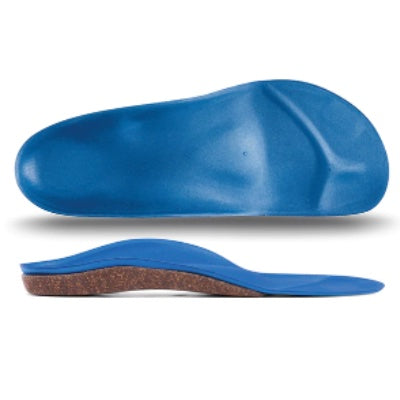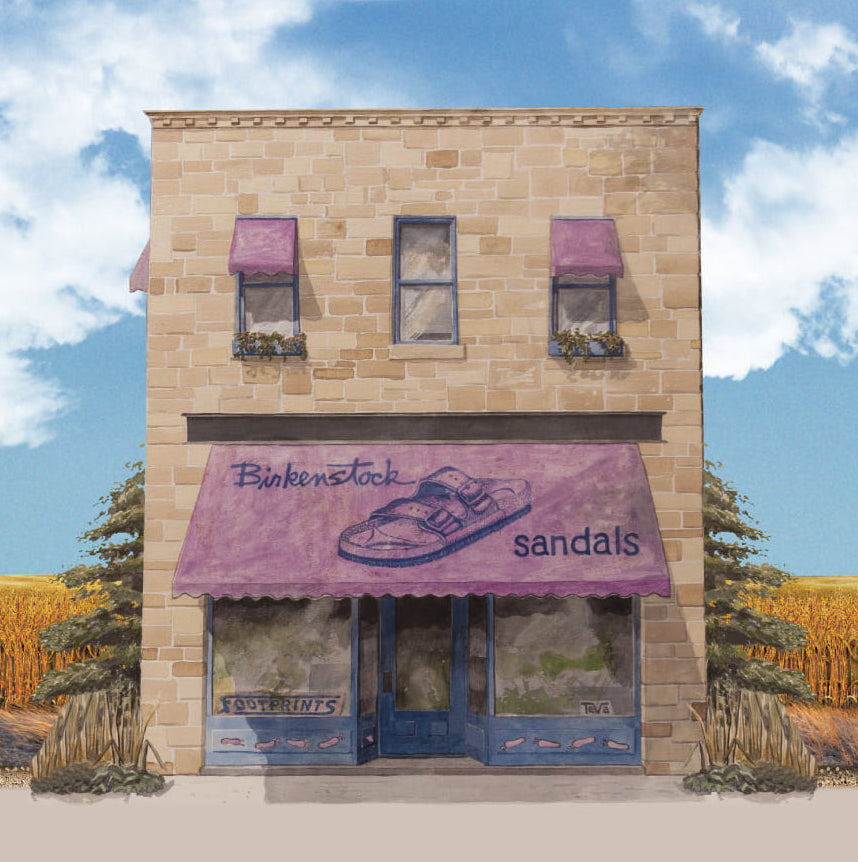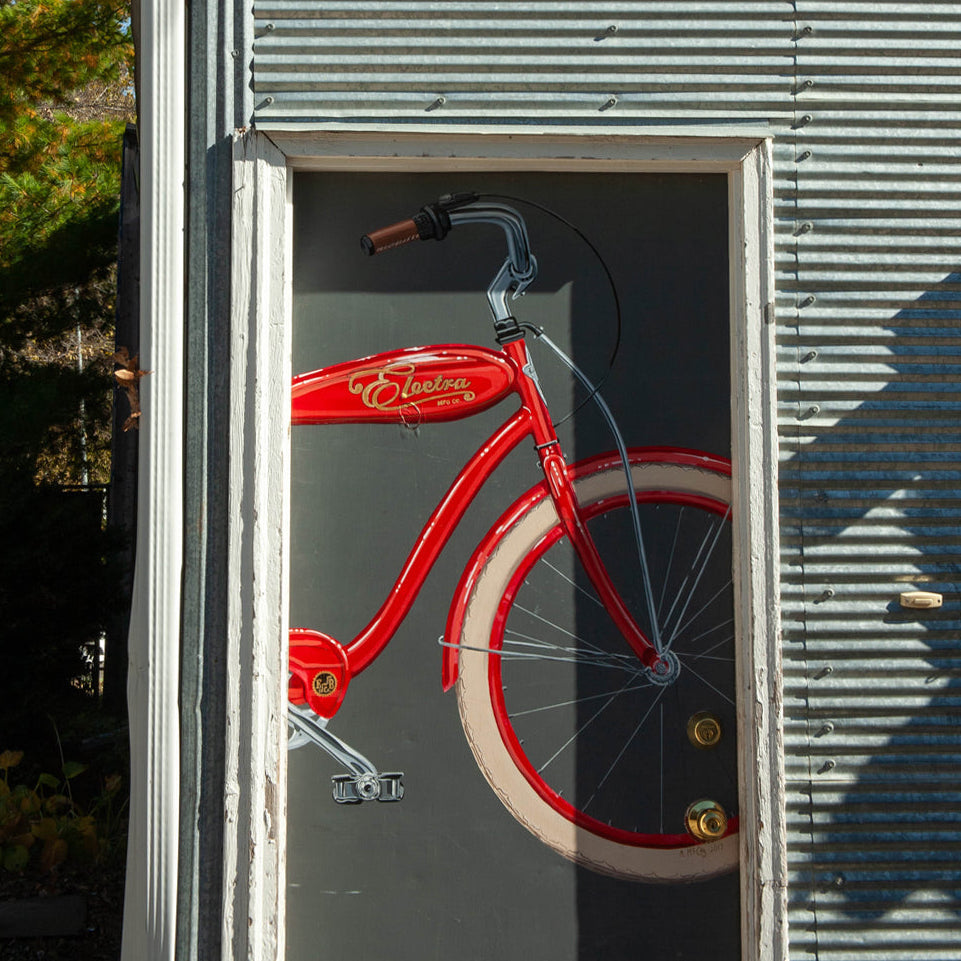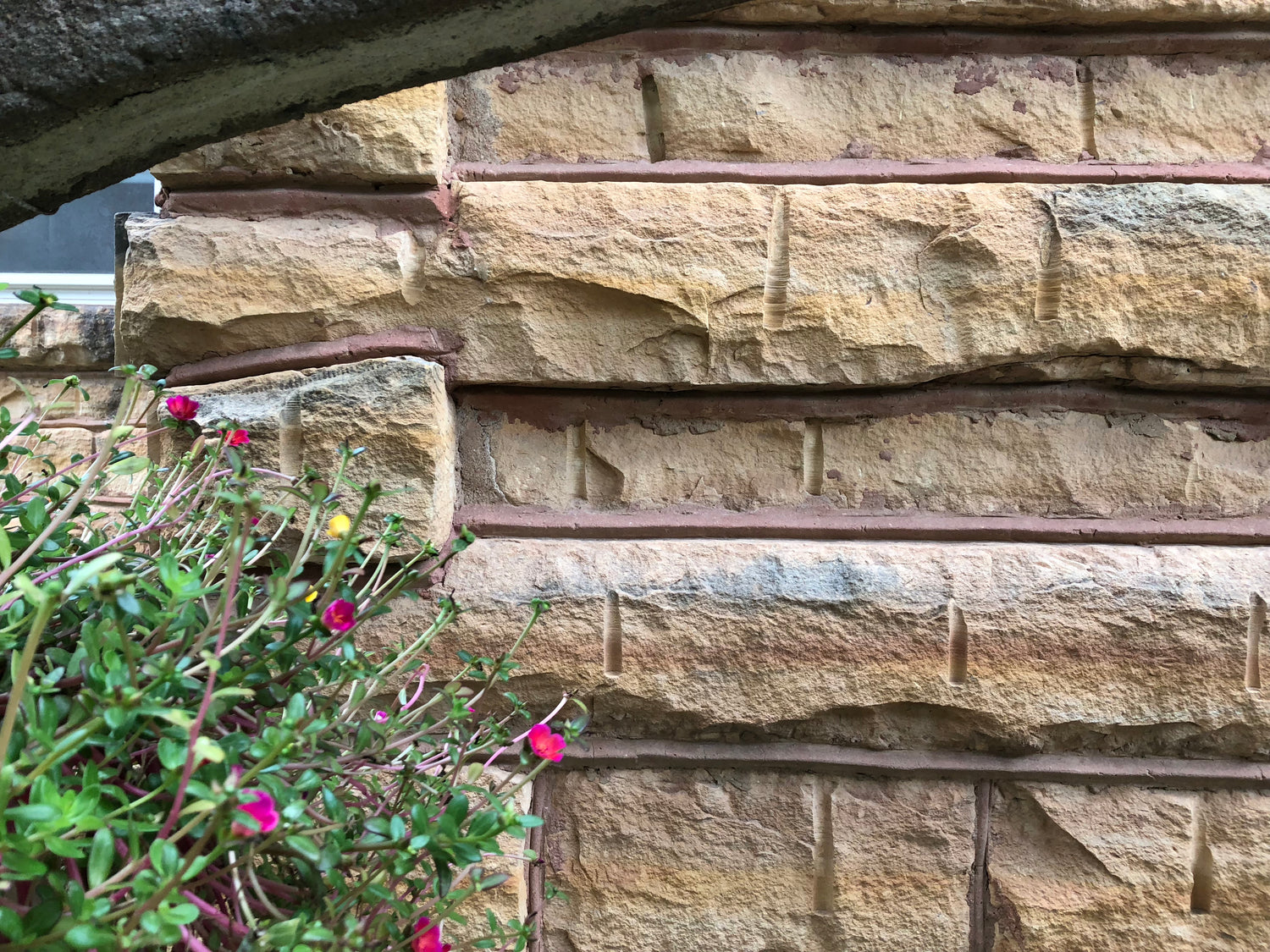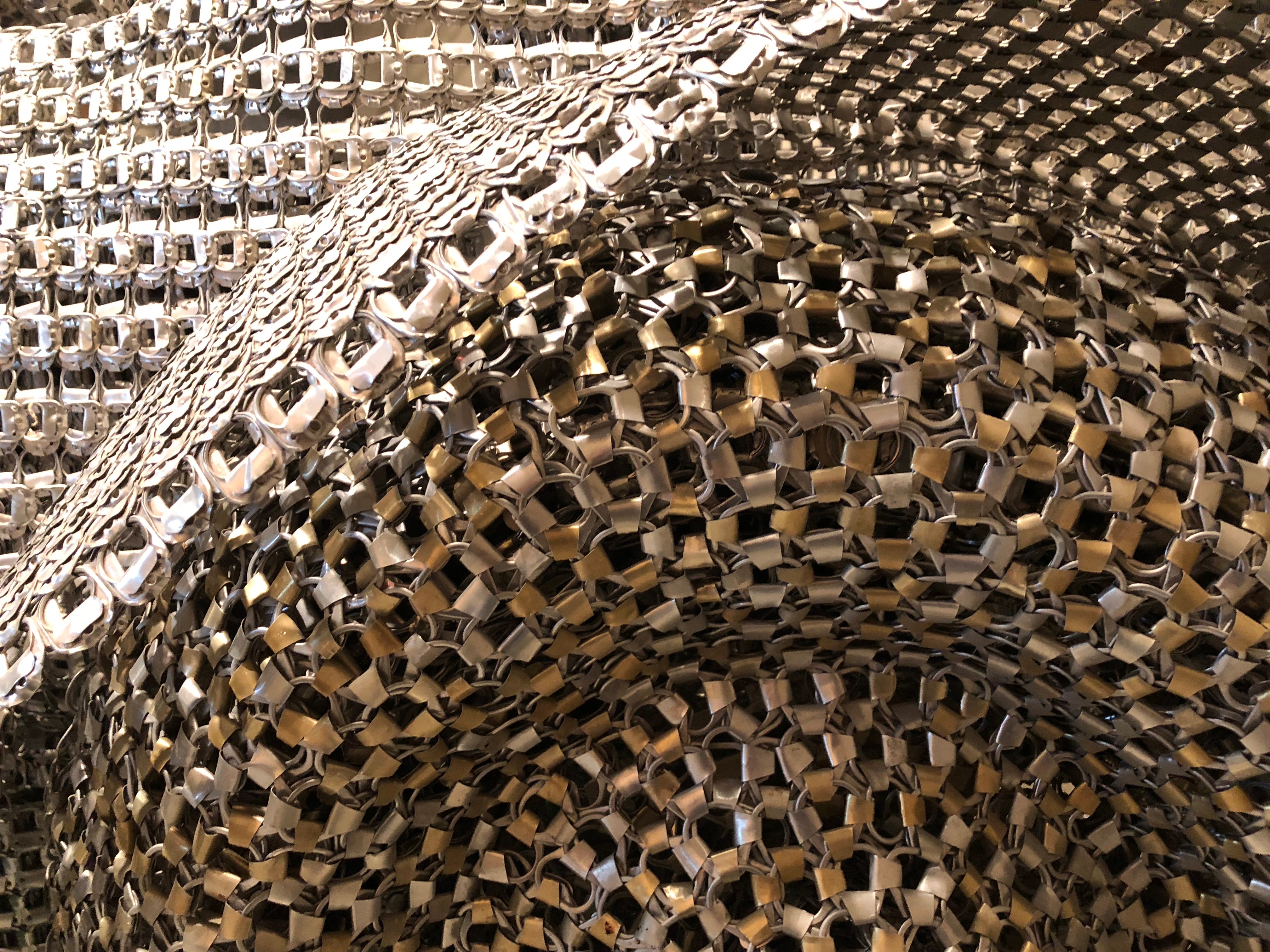
If you fly over central Kansas at low altitude, you will notice numerous hills with flat tops. They are not naturally occurring. Early pioneers scraped the topsoil off to reveal a layer of Post Rock limestone. These flat-topped hills are former limestone quarries.

This portion of Kansas at one time was the bottom of a seaway. As millions of years passed layers of sea shells accumulated. Time and pressure transformed the shells to limestone. Post Rock limestone is characteristically of uniform thickness and has a reddish tint within its center. The red is from iron washed into the area from deposits from what is now northern Minnesota.

The Homestead Act of 1862 offered relatively free land for settlement. Immigrants tended to settle in groups of people with common ethnic and cultural backgrounds. It wasn't a bunch of lone individuals. Each group would tend to have at least one person who would have masonry skills.

The new land was relatively treeless. The limestone beneath their feet offered them a ready source of fence posts and building material. While "green" the stone was relatively soft. It could be split by drilling holes with a hand auger every 8 inches. Metal feathers and wedges evenly and lightly tapped into the holes can easily split long pieces of stone. Once exposed to air, the stone hardens. You will find this beautiful stone with its reddish streak in bridges, barns, homes storefronts and impressive courthouses.













